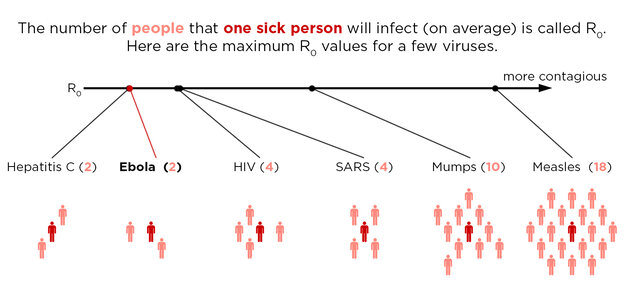Dear CDC:
I have read the disheartening news about healthcare workers in West Africa, and now in Spain, becoming contaminated with the Ebola virus when removing their personal protective equipment. I have a suggestion that may help alleviate the problem.
As a young man, I worked in nuclear reactors, and I often had occasion to wear anti-contamination clothing almost identical to that used by the doctors now treating Ebola patients. I recall that the process of removing the protective clothing after exiting the contaminated area was very demanding – the clothing must be removed in a precise order and with precise movements – and a moment of carelessness or inattention could easily result in inadvertent contamination. Fortunately for those of us at the nuclear plant, after we were undressed we were monitored by radiation meters to determine whether we had any contamination on our skin or undergarments. Sadly, however, there is no equivalent Ebola meter to detect what may be invisible contamination with a patient’s bodily fluids.
As I thought about this problem, it occurred to me that one way to help would be to make the contamination visible. Hence, my suggestion as follows: As I understand the protocol, after exiting the hot zone, healthcare workers first submerge their gloved hands in a bleach solution, then undress. My suggestion is to add an intermediate step. After the first submerging of the gloves, while they are still wet, have the doctor or nurse put their gloved hands in a box of the red dry powder used to make instant gelatin (Jell-O). It will stick to the wet gloves (similar to the way one dredges a chicken breast in flour when cooking) and will leave a red smear on anything it subsequently touches. Then, let them undress. At the completion of the disrobing, have someone inspect them for red smears on their skin or their undergarments. Any mark should be assumed to be contaminated and that spot can then be washed with bleach. Monitoring for symptoms and isolation can also begin at that point to prevent the further spread of the disease.
This proposal has several benefits – it is inexpensive and low tech, which is important in a place like West Africa. The powder is also readily available and does not in and of itself have any negative health effects on humans.
I hope that I have been clear enough so that you can take the idea and refine it as necessary or appropriate, but I am happy to discuss with you further if that would help.
Thank you so much for the important work you are doing to help defeat this terrible disease.
Sincerely,
(Gumby)



